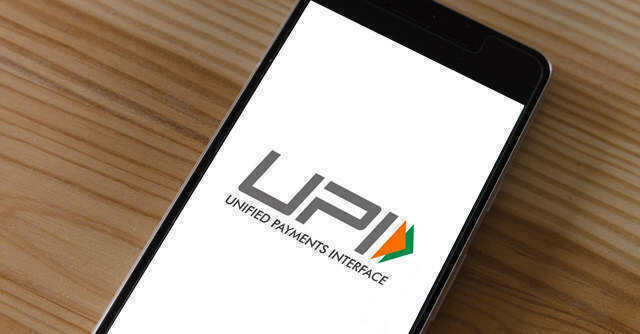
Government testing UPI Lite to allow digital payments without internet


The National Payments Corporation of India (NPCI) is testing a new solution as part of the Unified Payments Interface (UPI) framework, which will enable digital payments to be done without active internet connections, according to multiple persons familiar with developments, including three government officials and one senior executive at a national bank that is testing the solution right now.
The solution called UPI Lite will likely be used first to enable digital payments under Rs.200 in rural areas, all the persons cited above said, on condition of anonymity. The Reserve Bank of India (RBI), on January 5, had allowed offline digital payments worth Rs.200 to be made without internet connections.
UPI Lite will enable feature phone users to make use of the UPI networks and make digital payments directly from their bank accounts. The bank official cited above said there are two major solutions being tested right now. The first is a SIM Overlay and the other is a software-provisioned solution that will leverage over the air (OTA) updates.

SIM Overlay is a technology that expands the functionalities of a phone’s SIM card, allowing payments and other services to be carried out even without data availability. OTA, on the other hand, will have the solution delivered straight to the device's firmware. The bank official explained that the OTA solution would be akin to the snake game on erstwhile Nokia feature phones, which would get updates over the networks without 3G or 4G networks. However, it will be different from how it is conventionally done and technology in play here is patent pending.
“The transaction on the SIM overlay will use a telecom network. The overlay will be embedded inside the phone by the telecom provider. The user will have to get it deployed (on their phone) by visiting a store,” one of the government officials said. “A Virtual Payment Address (VPA), which is usually called the UPI ID, will be created through SMS. Once the UPI ID is created, the payer has to select the contact to whom a payment needs to be made. If the contact too has a UPI ID, the payer will simply need to click on the name, enter the amount and send the money,” he added.
He added that users will have to set up a four-digit or six-digit pin, depending on what protocols their bank puts in place. Payments made through the SIM overlay method will go to servers managed by the NPCI under the UPI system, and transactions occur over the regular UPI network from there. “This entire process will run on SMS networks instead of the internet,” the official explained.

While India has seen a proliferation of digital payments since 2016’s demonetization of bank notes. In July 21, a report by fintech firm RazorPay said that tier 2 and 3 cities in India contributed over 50% of all online transactions in the quarter ended March 2021. However, cash still prevails in villages and lower tiered cities.
“Cash continues to dominate as the default mode of payment in the low-value retail segment, particularly in the rural areas. Small value offline mode for digital payments will provide an alternative secure low-cost mode of payments with a near-cash-type characteristic, thereby increasing consumer confidence as a preferred mode for small retail payments,” said Monish Shah, Partner, Deloitte India. “It can provide impetus to several innovative use cases in terms of retail payments, like ticketing, bundling of products as well as non-standardized pricing,” he added.
Shah added that systems like this could eventually provide firms with “data and analytical tools to understand small payment patterns and offer innovative, customized solutions”.

To be sure, this is not the first time that the government is trying to push digital payments in rural areas. The NPCI has been offering UPI payments over Unstructured Supplementary Service Data (USSD) networks since 2012, but it hasn’t picked up, primarily because it involves SMS charges, which are too high for rural users. According to data from the NPCI, 83 banks were live on the USSD system as of December 2021, and transactions worth only Rs. 1,21,000 have been recorded in all of 2021.
There are other solutions like near-field communication (NFC) technology that are being tested as well. “At this point, we are evaluating use case options for pilots. Having said that, we have been working with the Maharashtra State Road Transport Corporation to facilitate NFC-based ‘tap and go’ payments with prepaid cards for bus tickets. We have issued over three million prepaid cards to rural masses across Maharashtra,” said Ashish Ahuja, Chief Operating Officer, Fino Payments Bank.
“Considering that feature phones still constitute 50% of the market, this will give a boost to payments where internet penetration is low. Offline payments will work without internet or telecom service. A lot of innovation can be done by players in this direction,” Ahuja added.

